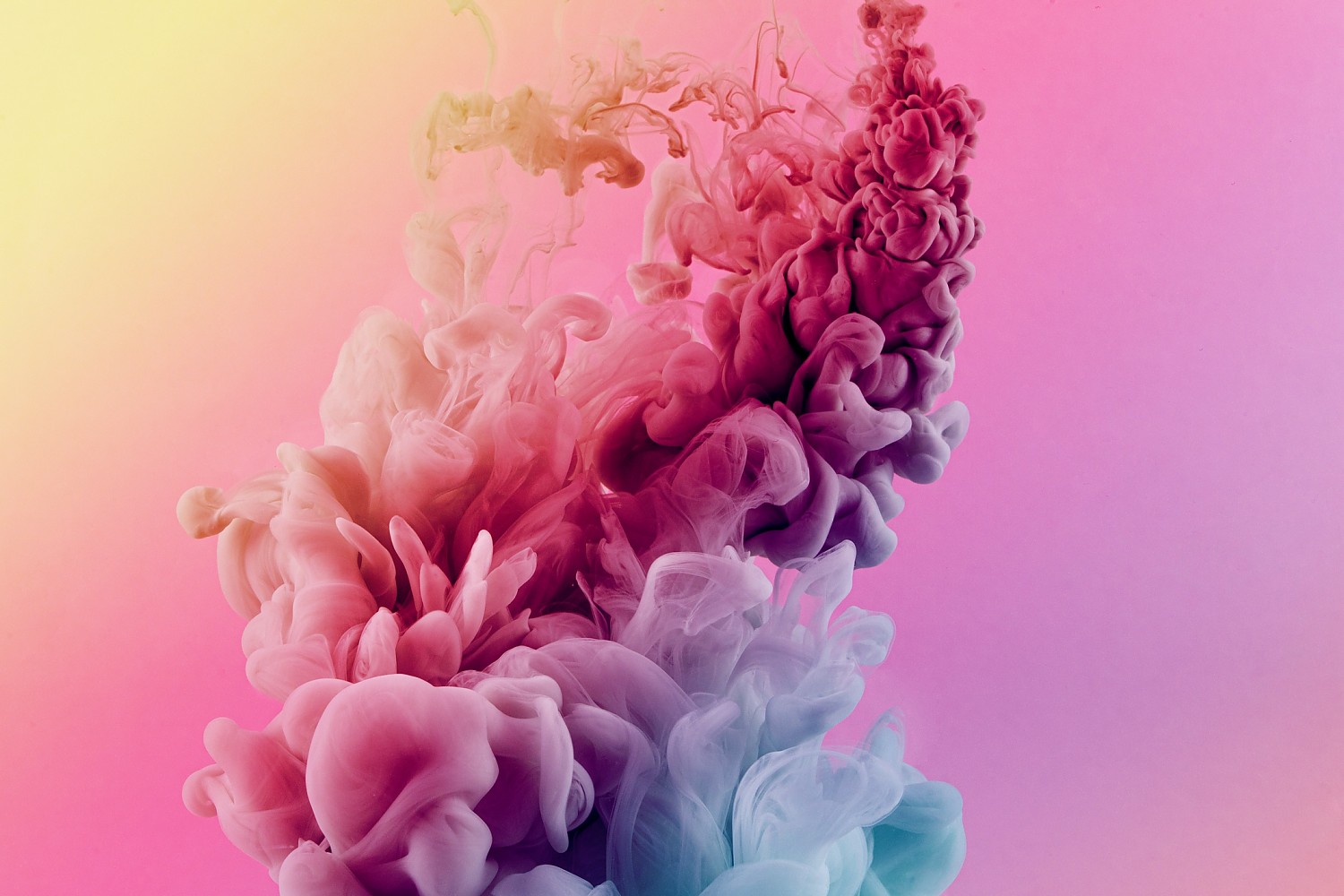In the month of his anniversary, we're going to explore how colour psychology, which studies the effect of colours on human behaviour, finds its roots in Darwin's theory of evolution. We'll learn that, just like colours in nature, colours on websites can influence users' adaptation, perception and visual attraction.
Darwin's Theory of Evolution
In 1831, the naturalist boarded a ship and set off on an expedition around the world, which would end up lasting around five years. On this journey, he had the opportunity to collect, study and observe a huge variety of plants and animal species. This expedition would end up being the basis of his scientific evidence, which led him to develop his theory of evolution in "The Origin of Species". Darwin's theory is based on the idea that species evolve over time through processes of adaptation and natural selection, based on the "law of the strongest".
The relationship between evolutionary theory and colour psychology
Darwin observed how natural selection shapes the physical characteristics of living beings, including colours, to facilitate communication and interaction between species and their environment. Colour patterns in plants and animals play vital roles in the survival and reproduction of species. Thus, the vibrant colours of some flowers attract pollinating insects, while camouflage in certain animals protects them from predators.
This logic extends to the perception of colours and their influence on human behaviour. The functions of colours in nature can be applied to websites design, in the sense that websites are also forms of communication and interaction: between users and their creators. Designers use colours to influence users' actions, emotions and decisions.
The Psychology of Colours in Website Design:
- Adaptation and Survival: Just as colours in nature have evolved to attract partners, repel predators or indicate danger, colours on websites can be used to influence user actions, such as clicking on purchase buttons or filling in forms.
- User behaviour: The choice of specific colours can trigger emotional responses in users, directly influencing their browsing behaviour and decision-making.
- Perception and Visual Attraction: Evolution itself has conditioned human beings to be attracted to certain colours due to associations with food, landscapes and other signs of safety and comfort.
We can therefore conclude that Darwin's theory of evolution offers valuable insights into the interaction between living beings and their environments, including the perception of colours. Some of these insights end up being transferable to website design. We can apply these principles to influence user behaviour and create more effective digital experiences. By understanding how colours affect our perception and behaviour, designers can create more engaging and persuasive websites.
